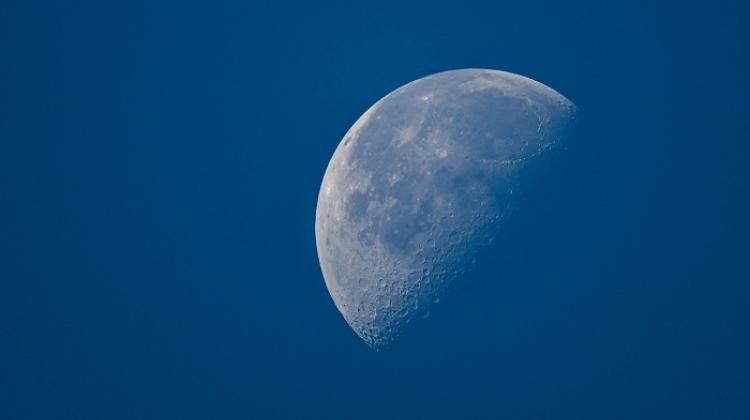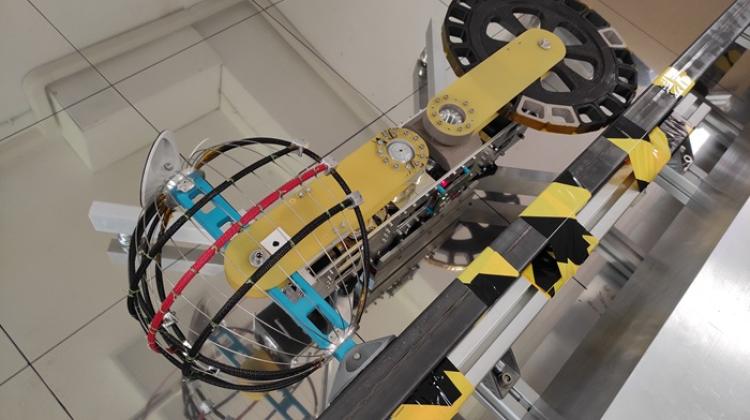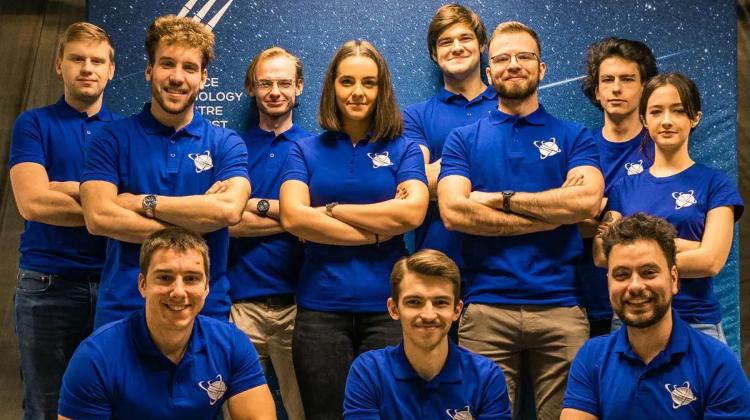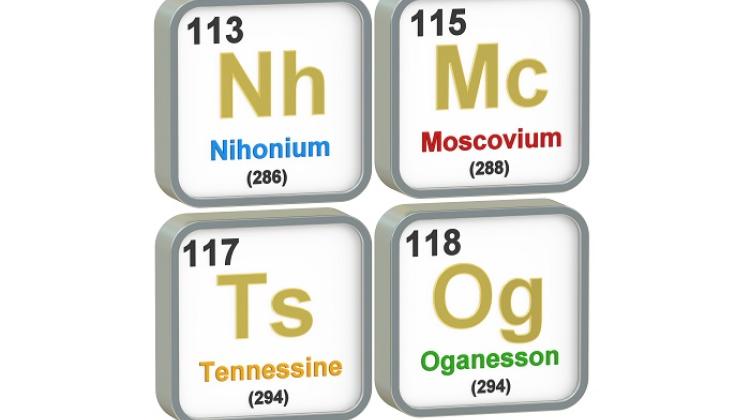Polish consortium to design Moon mapping mission
 Starzawa, 06.09.2023. The Moon seen in the morning. PAP/Darek Delmanowicz
Starzawa, 06.09.2023. The Moon seen in the morning. PAP/Darek Delmanowicz
A Polish consortium will design a mission to map the Moon, thanks to which in the future it will be possible to extract and process resources - minerals and natural raw materials. Precise data will be provided by a satellite based on the Polish Hypersat platform.
The Twardowski project was selected by the European Space Agency (ESA) on November 24.
The consortium leader - Creotech Instruments - will design the entire mission and the satellite based on the proprietary microsatellite platform HyperSat. The consortium members responsible for the optical payload are the Institute of Geological Sciences of the Polish Academy of Sciences (which will define the requirements for the mission and the scientific instrument), and the Space Research Centre of the Polish Academy of Sciences (which will design the research instrument based on the assumptions).
As reported by Creotech Instruments, the scale of the Twardowski mission assumes cooperation with additional entities, including those from other countries, but the intention is to keep the key tasks with Polish entities in order to build domestic competences and increase the international importance of the Polish space industry.
According to Creotech Instruments CEO Dr. Grzegorz Brona, the project is an opportunity to send the most technologically advanced mapping satellite in the history of the space industry into the Moon's orbit. The satellite will be based on the proprietary microsatellite platform HyperSat developed by Creotech Instruments. It will be adapted to deep space operations, including very high radiation resistance and support for a large, advanced payload - a research instrument built at the Space Research Centre of the Polish Academy of Sciences.
'Thanks to the Twardowski mission and precise mapping by the satellite, our data will enable full utilization of the Moon’s resources through future extraction, processing, and even production on its surface,’ says Dr. Brona.
The project assumes adapting the HyperSat platform to operate in the Moon's orbit at an altitude of approximately 100-300 km and the possibility of changing the position between the periapsis and the apoapsis. The research instrument will be equipped with three or four detectors for different types of light. The images of the Moon obtained in the Twardowski mission will be among the best and most precise from the perspective of current Moon conquest plans, announces the consortium leader.
'The selection of the Twardowski project means that after the first European Moon mission, SMART-1, 20 years ago, Poland will now play a key role in the next project of this kind in the European Union,’ says Brona adding that the SMART-1 mission provided important data on the geology and chemical composition of the Moon.
'The satellite for the Twardowski mission will be equipped with research instruments with better parameters, allowing for further significant discoveries and expanding our knowledge of the Silver Globe. The use of visible and infrared spectrum will enable very clear images and a map of the most sought-after minerals and resources hidden on the Moon’s surface. Our analysis indicates that we will be able to cover up to 98% of its surface, and based on the high-quality information we provide, mines adapted for extraction on the Moon could be precisely designed and built,’ says Dr. Brona.
The HyperSat platform was developed from scratch by Polish engineers. It allows for scalable design and production of satellites weighing from 10 kg to several tens of kg, and in the future up to 200 kg, with varied purposes including image recognition, telecommunications, or navigation from low Earth orbit
The Twardowski project will start in January 2024 and continue for 12 months. The value of the design phase will be EUR 250,000. Funds for its implementation may come from Poland's optional contribution to ESA, increased this year, in which the recommended allocation for the HRE (Human and Robotic Exploration) programme is EUR 100 million. The total cost of the previous European lunar mission SMART-1 in 2003 was EUR 110 million. The Twardowski mission is planned as a project of comparable size, Creotech Instruments reports. (PAP)
PAP - Science in Poland
kol/ bar/ kap/
tr. RL
Przed dodaniem komentarza prosimy o zapoznanie z Regulaminem forum serwisu Nauka w Polsce.

















